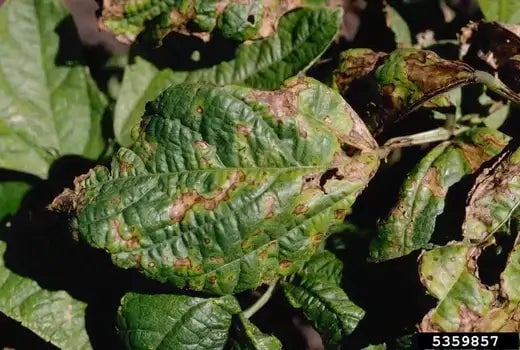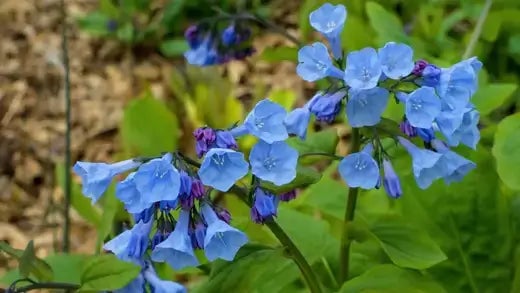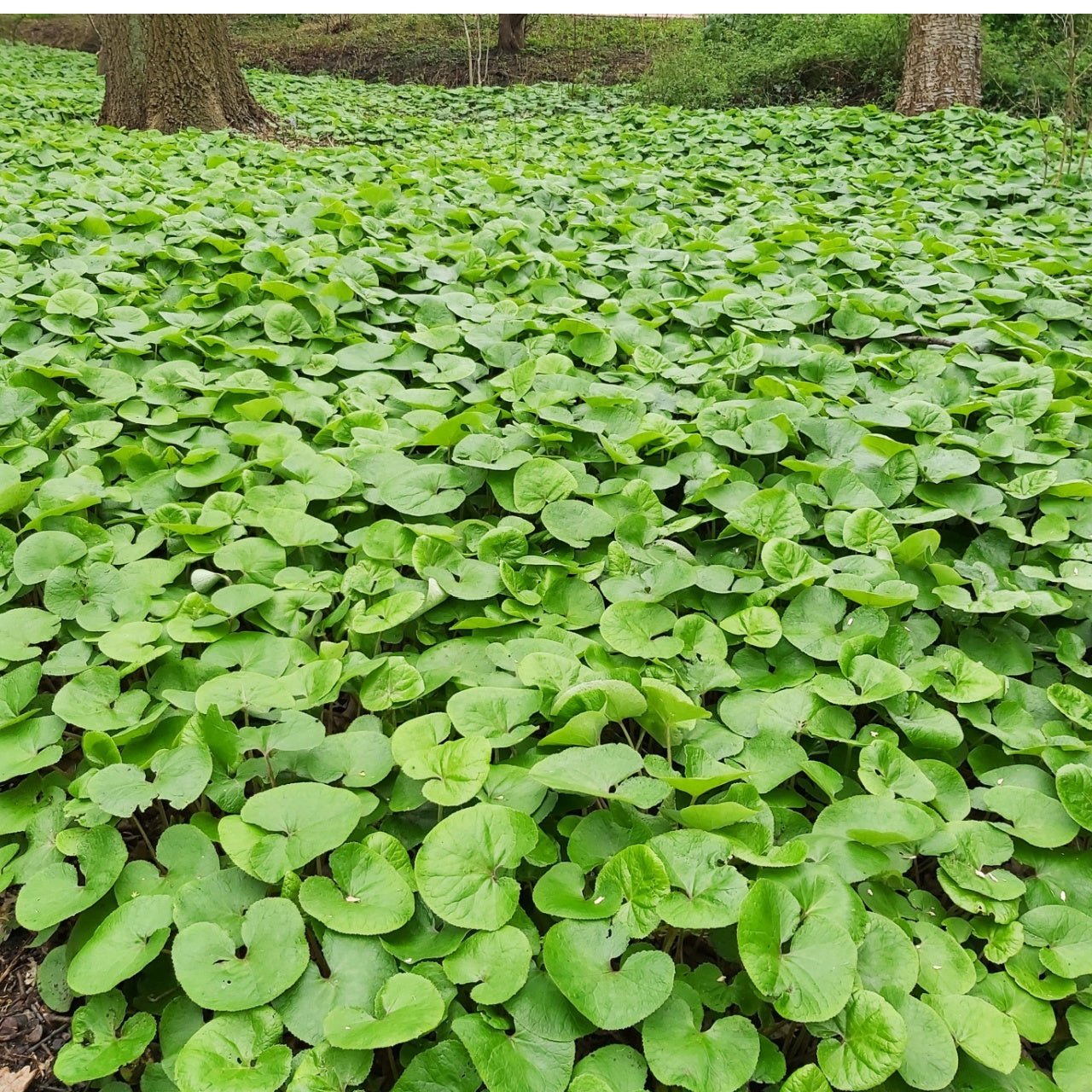Does your yard lack something? Maybe it's a lack of plants. It's just too bare.
Maybe it's a plan or design, it seems like your yard has just been thrown together in a short time frame, or maybe it's something as simple as color.
Color makes any yard a considerable success; it not only adds color but also makes you feel better about your landscape and makes family and friends - jealous with envy!
Did you know that a simple splash of color in your yard can make or break your whole design element?
Whether you are renovating your existing landscape or starting a new landscape project from scratch, color can make all the difference! But did you know that too much color can ruin the whole look?
When landscaping your yard, instead it the front or back, the best thing to do is make sure that you have a balance. Think of how you dress. For instance, too much color can say - wow! But, the right amount of color and accent accessories can make your whole outfit. It works the same with your yard; the right amount of balance can make the whole design element.
Suppose you are looking for an outstanding balance. In that case, the best way is by having a lot of greenery or foliage with a touch of color here and there, but making sure you keep the colors simple and the same throughout, don't add ten colors to one area because then there is not a centerpiece or wow factor.
Blue Bells can add color, style, and flair to one's landscape because it has the right amount of color and greenery. Imagine a nice, uniform flower bed or natural area with greenery outside and a few Blue Bills in the middle. What a look! Blue Bells are a great touch for any yard!
Source of Information on Blue Bells
With its light blue and purple hues, Virginia Bells add elegance to any garden and outdoor landscape. This popular flower begins as a small pink bulb and develops into a flower that is capable of growing to heights between 18 and 24 inches.
Facts About Virginia Blue Bells
These delicate plants are best suited for shaded areas. In fact, the Virginia Bluebell plant can be found in abundance in the woodlands of eastern and midwestern parts of the United States.
Virginia Bluebell plants bloom quickly during the spring season. When paired with other shade-loving plants, they grow exceedingly well. Plants that can be paired with Virginia Bluebell flowers include ginger and hostas.
How to Grow Your Blue Bells
The best part about selecting Virginia Bluebells is they do not require you to be knowledgeable about growing flowers perfectly. Another good characteristic of this flower is it does not attract insects.
With these characteristics, it is relatively easy to grow Virginia Bluebell plants. To have a successful experience growing these plants, you should follow these steps. 1. Determine whether you have the right soil conditions to grow the plant. The soil must be rich and moist (not wet). Virginia Bluebell plants do not fare well in watery soil. Test the pH of the dirt to confirm that it is as close to 7.0 as possible. 2. Plant and cover the seeds. Keep in mind that the germination period for these seeds is between one and two months. 3. If you have purchased Virginia Bell plants from a nursery, plant them in the autumn or spring. These plants should be spaced 8 to 12 inches apart.
As stated earlier, you do not have to have a 'green thumb' to have a successful experience with these flowers. However, there are a few things that you must do to maximize this flower's chance of reaching its potential.
The roots must be kept cool. You can accomplish this through mulching. Inorganic and organic mulch will do the trick. Types of organic mulch include wood, bark, compost, grass clippings, and leaves. Inorganic types of mulch include rocks, plastic sheeting, and rubber chips. It is best to consult a gardening professional to determine the type of mulch that is best suited for Virginia Bluebell plants.
Be sure to follow the proper watering guidelines for this plant. Watering your Virginia Bluebell plants should be done with care. Water the seeds and plant regularly. As soon as you notice the flowers are blooming, water them occasionally. When the growing season has ended, it is not necessary to water these plants at all.
Virginia Bluebell plants can make a hassle-free addition to your garden. With good care and upkeep, these plants can thrive.
Read more

Plants are susceptible to diseases, and proper care must be given to them to grow gloriously. It is essential to know about common plant diseases so that you can take appropriate action at the righ...

In the web era, where comfort and efficiency reign supreme, gardening and horticulture have transformed. No longer bound by the constraints of local nurseries or garden centers, enthusiasts and gre...



